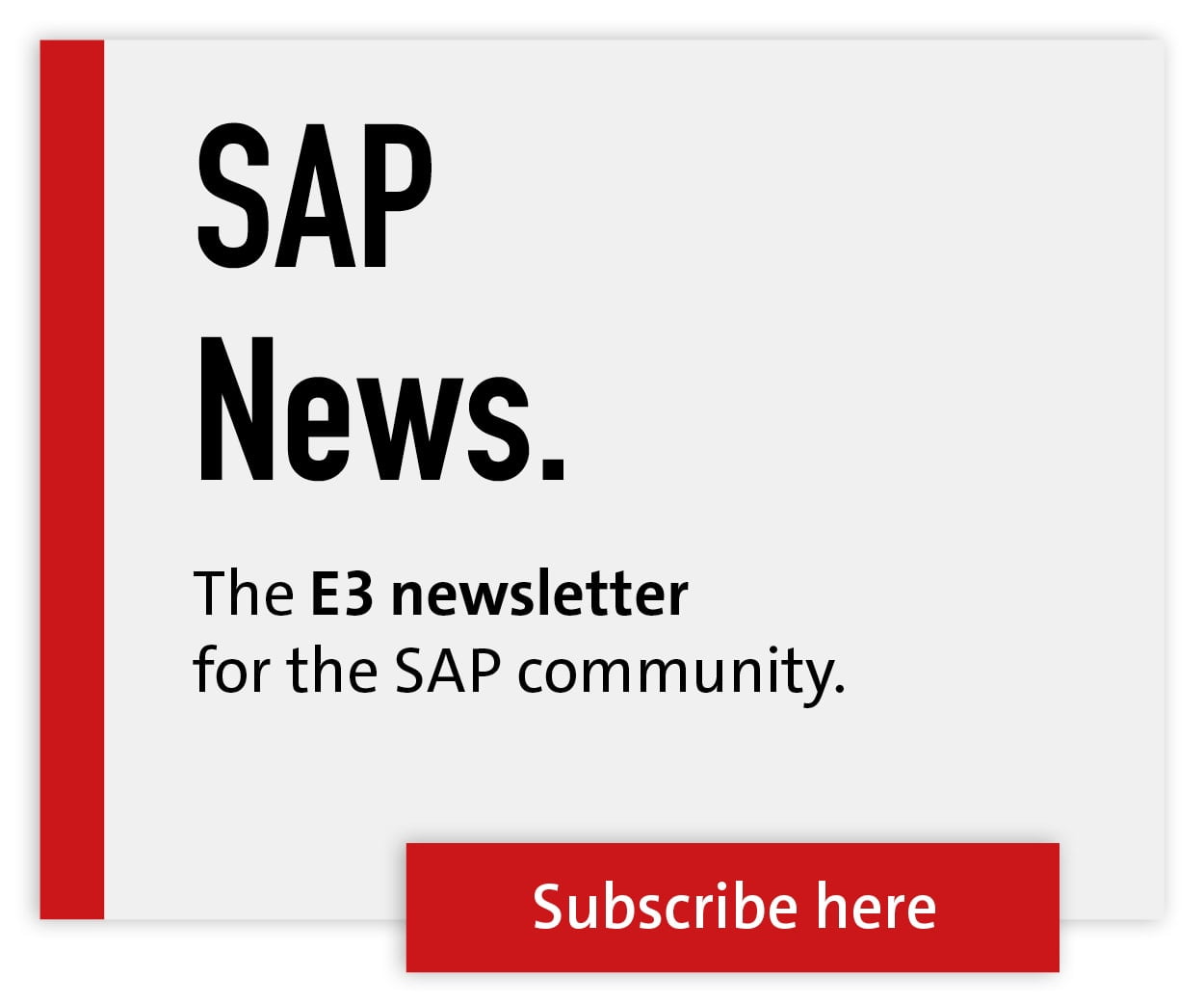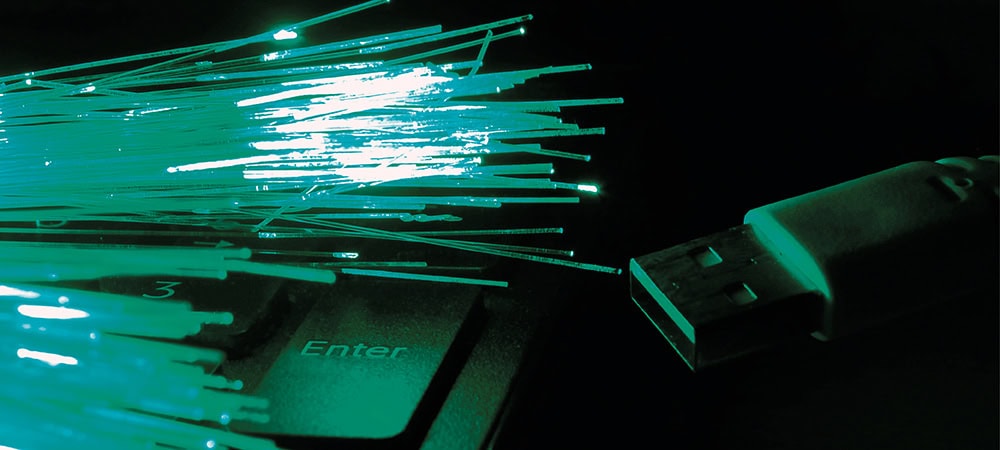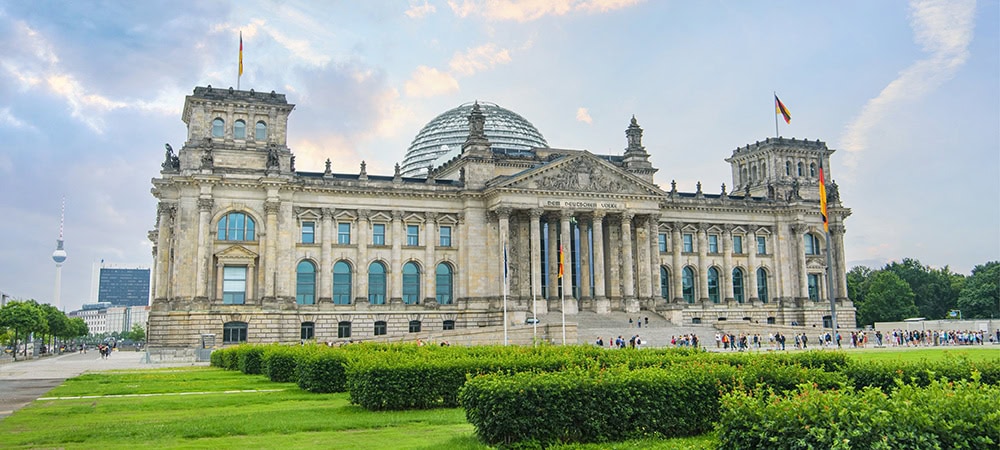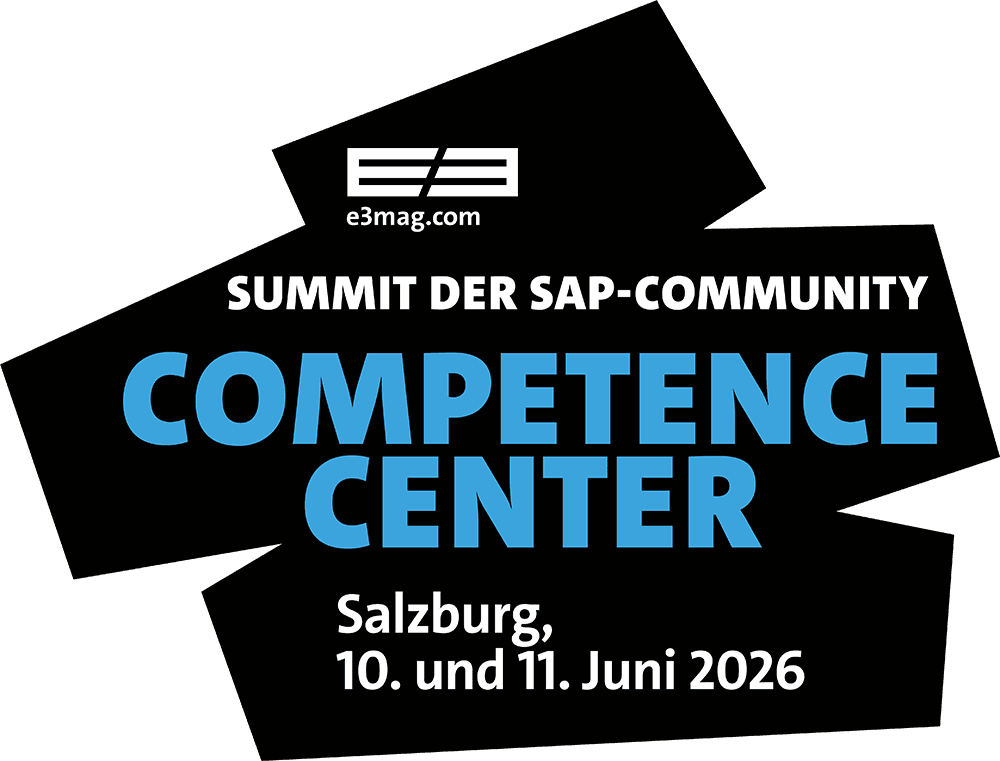

E3: Many wholesalers are currently looking at switching to SAP Cloud ERP. What challenges does this pose for e-commerce?
Christopher Warnow, FIS: The biggest challenge is that many existing e-commerce solutions do not work seamlessly with the new ERP architecture. Especially in the B2B environment, the requirements are complex - for example due to individual pricing logic, specific document types or industry-specific interfaces. At the same time, the market offering of truly end-to-end SAP Cloud ERP-capable B2B store solutions is currently still limited. This is where we come in with FIS/eSales2 under the link.
E3: What exactly does that mean: FIS/eSales2 is now "cloudready"?
Warnow: FIS/eSales2 can now also be connected directly to the S/4 Cloud, Public Edition. Companies entering or switching to the SAP Cloud world can seamlessly integrate their B2B store - with all the benefits that our solution offers. This makes us one of the pioneers in connecting e-commerce solutions to SAP Cloud ERP.

ㅤㅤㅤㅤㅤㅤㅤㅤㅤㅤㅤㅤㅤㅤㅤㅤㅤㅤㅤㅤㅤㅤㅤㅤㅤㅤㅤㅤㅤㅤㅤㅤㅤㅤㅤㅤ
"The challenge is often to connect SAP processes such as stocks and prices with the store in real time."
Christopher Warnow,
SAP Senior Consultant E-Commerce,
FIS Information Systems and Consulting
E3: What initial situations do you see with your customers?
Warnow: We currently see three common entry scenarios: First, companies are already using FIS/eSales2 and are now switching to SAP Cloud ERP. In this case, we support the ERP transformation and ensure smooth integration. Secondly, companies are starting from scratch - with both e-commerce and SAP Cloud ERP. This combination is also ideal for medium-sized companies that want to set up a lean and future-proof IT landscape. Thirdly, customers already operate a store that they want to keep.
This is where companies ask themselves the legitimate question: what can we do to continue using our storefront and still manage the transition to SAP? This is where our FIS/ShopConnector comes into play: it connects the existing store with the new cloud ERP - quickly and cost-effectively. The challenge is often to connect SAP processes such as stock and prices with the store in real time. This can quickly become a showstopper for successful digital sales. It is therefore crucial to use middleware that separates the important from the unimportant and only forwards the relevant information to the storefront. For example, information on stock indicators, customer groups and company codes is relevant. However, these are often the limits that the store encounters, as it does not know these ERP specifics itself.
E3: How does the data get from SAP to the store?
Warnow: The FIS/ShopConnector has access to the SAP data, filters it and forwards the required information from SAP to the storefront in bundled form. This keeps the store lean, performant and ready for use - and the challenges of master data integration and synchronization are also elegantly solved.
E3: What role does automation play in this?
Warnow: A central role. A scalable B2B store can massively increase sales efficiency through structured order entry and automatic transfer to the ERP system. The better the store knows the industry-specific requirements, the less manual intervention is required - this saves time, reduces error rates and takes the pressure off the teams.
E3: What technological trends are currently shaping B2B e-commerce?
Warnow: Two major trends are headless commerce and cloud solutions. With headless architectures, the front end and back end can be adapted independently of each other - for example, if an existing store is to be retained. Cloud solutions, on the other hand, offer scalability, mobile usability and low operating costs. This is a real lever, especially for companies with limited resources.
E3: How is FIS positioning itself strategically in this environment?
Warnow: We consistently follow the SAP strategy - the "keep the core clean" principle is particularly important to us. At the same time, we rely on our lean commerce strategy in the area of e-commerce: we check processes for efficiency, cost-effectiveness and modularity. The spectrum ranges from complete solutions to individual functionalities that can be combined individually - always in harmony with the SAP landscape.
E3: Your conclusion: What makes a successful B2B store?
Warnow: A successful B2B store thinks from the process - not from the front end. It is deeply integrated into the system landscape, automates processes, is flexible enough for individual requirements and scales with the business.
Continue to the partner entry:






